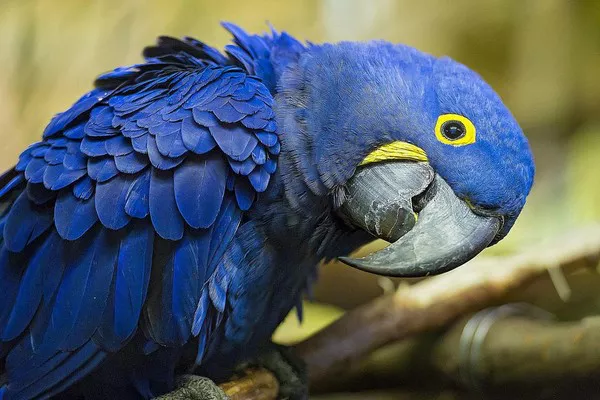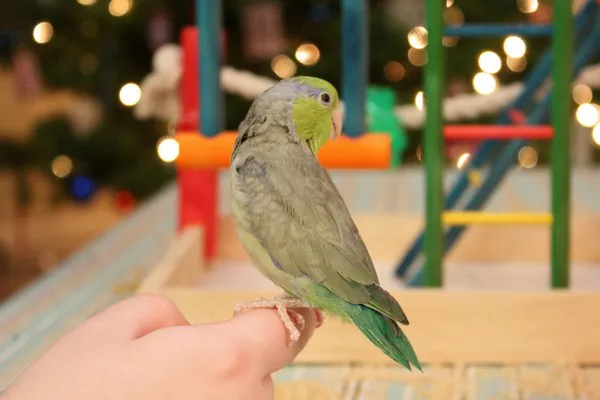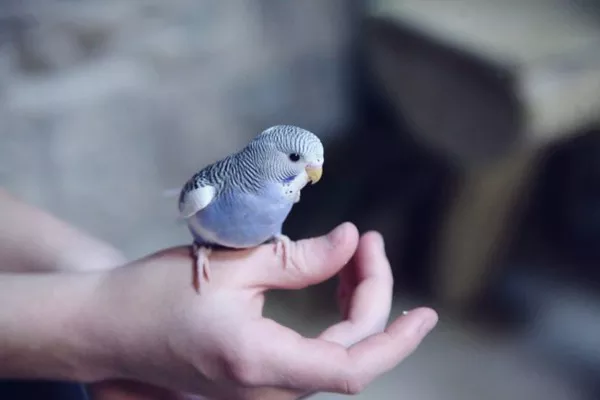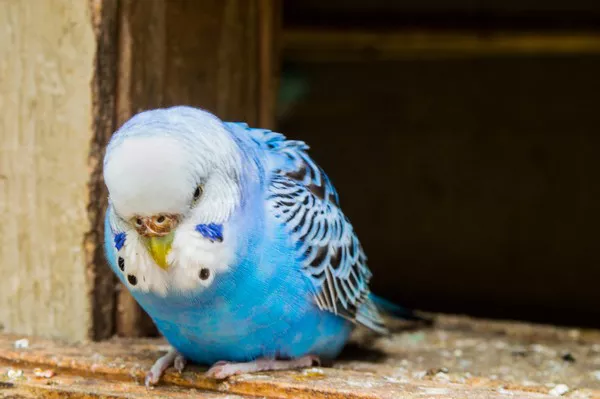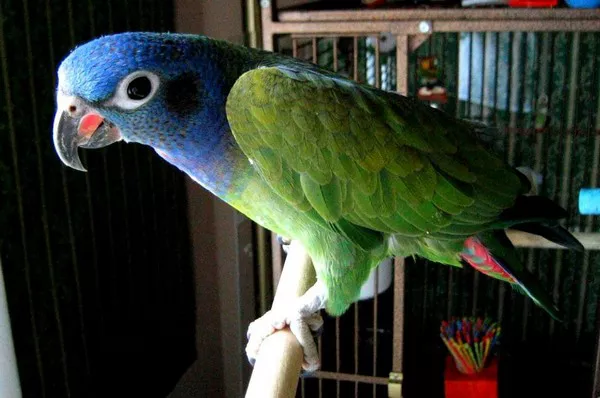Sun conures, known for their dazzling plumage and affectionate personalities, are a popular choice among avian enthusiasts. These vibrant birds not only captivate with their colors but also with their engaging behaviors and playful nature. Understanding the size of a sun conure, along with their physical characteristics and care requirements, is crucial for prospective owners and those interested in avian biology. This article will explore the size of sun conures in detail, along with their habitat, behavior, and care needs.
Overview of Sun Conures
Species Classification
The sun conure, scientifically known as Aratinga solstitialis, is a medium-sized parrot belonging to the family Psittacidae. These birds are native to northeastern South America, particularly found in regions such as Venezuela, Guyana, and Brazil. Sun conures are often recognized by their bright yellow and orange plumage, complemented by green and blue accents on their wings and tails.
Physical Characteristics
Sun conures typically reach lengths of about 12 to 14 inches (30 to 35 cm) from beak to tail. Their weight ranges from 100 to 150 grams (3.5 to 5.3 ounces). In comparison to other parrots, sun conures are considered medium-sized birds.
Sexual Dimorphism
While male and female sun conures share similar appearances, subtle differences may help in distinguishing them. Males tend to have slightly larger heads and beaks, and their feathering may appear more vibrant. However, these differences are not definitive, and DNA testing is often required for accurate sex identification.
Understanding the Size of Sun Conures
Body Dimensions
When considering the size of a sun conure, it is important to note various aspects, including overall length, wingspan, and weight:
Length: As mentioned, sun conures measure between 12 to 14 inches (30 to 35 cm) from beak to tail. This measurement includes the body and tail feathers, which can make the bird appear larger than it actually is.
Wingspan: The wingspan of a sun conure is typically around 20 to 24 inches (50 to 60 cm). This substantial wingspan allows for agile flight, which is an essential aspect of their natural behavior.
Weight: Sun conures weigh between 100 to 150 grams (3.5 to 5.3 ounces). This relatively light weight allows them to be nimble and quick, facilitating their playful and active lifestyle.
Growth Stages
Sun conures grow rapidly in their early stages of life. Understanding their growth stages is crucial for new owners:
Chick Stage: At hatching, sun conure chicks are small and helpless, weighing around 10 to 15 grams (0.35 to 0.53 ounces). They are covered in fine down and depend entirely on their parents for warmth and nutrition.
Juvenile Stage: As they mature, sun conure chicks grow quickly and begin to develop their feathering. At around 6 to 8 weeks, they typically weigh about 50 grams (1.8 ounces) and begin to show hints of their adult coloration.
Adult Size: By 6 months, sun conures reach their adult size, weighing between 100 to 150 grams (3.5 to 5.3 ounces). Their vibrant plumage is fully developed, marking the transition from juvenile to adult.
Behavioral Characteristics Related to Size
Playfulness and Activity Level
Sun conures are known for their high energy and playful nature. Their medium size allows them to be agile and active, engaging in various activities that require space to fly and play. Due to their playful behavior, they require ample room for exercise, making them ideal companions for those who can provide a spacious environment.
Social Interaction
Sun conures are highly social birds, often forming strong bonds with their owners and other birds. Their size allows them to engage in various social behaviors, including preening, playing, and vocalizing. They thrive on interaction, which is critical for their mental and emotional well-being.
Vocalizations
While sun conures are not the largest parrots, they are among the most vocal. Their size contributes to their ability to produce a range of sounds, from soft whistles to loud squawks. This vocalization is an integral part of their social behavior, allowing them to communicate effectively with their flock members and human companions.
See Also: Why Does My Sun Conure Keep Screaming?
Housing and Environmental Considerations
Space Requirements
Given their size and activity level, sun conures require spacious housing. A suitable cage should be at least 24 inches (61 cm) wide, 24 inches (61 cm) deep, and 36 inches (91 cm) high, although larger is always better. Providing adequate space allows for flight, climbing, and exploration.
Enrichment Opportunities
To accommodate their playful nature, it is vital to provide sun conures with various enrichment opportunities. This includes:
Toys: Provide a range of toys, including ropes, ladders, and foraging toys that encourage physical activity and mental stimulation.
Perches: Install perches at different heights to facilitate climbing and exploration, allowing them to utilize their wings and stay active.
Interaction: Regular interaction with their human companions is crucial. Spend time playing, training, and socializing with your sun conure to keep them engaged.
Nutrition and Dietary Needs
Feeding Guidelines
The size of a sun conure plays a significant role in its dietary requirements. A balanced diet is crucial for their health and well-being:
Pellets: High-quality pellets should make up about 50-70% of their diet. Look for pellets designed specifically for conures, ensuring they contain essential vitamins and minerals.
Fresh Fruits and Vegetables: Offer a variety of fresh fruits and vegetables daily. Favorites include apples, carrots, leafy greens, and bell peppers. These provide essential nutrients and hydration.
Seeds and Nuts: While seeds can be offered as treats, they should not form the majority of their diet, as they are often high in fat. Nuts can also be given sparingly.
Water Intake
Ensure fresh, clean water is available at all times. Sun conures can be messy drinkers, so regularly change the water to prevent contamination.
Health Considerations
Common Health Issues
Understanding potential health issues related to the size and biology of sun conures is essential for proper care:
Obesity: Due to their small size and high metabolism, sun conures are prone to obesity if overfed or not exercised adequately. Monitoring their weight and adjusting their diet is vital.
Feather Plucking: Stress or boredom can lead to feather plucking, a common issue in conures. Ensuring they have adequate social interaction and enrichment can help mitigate this behavior.
Respiratory Problems: Like all birds, sun conures are susceptible to respiratory issues, especially if exposed to smoke, dust, or other pollutants. Providing a clean environment is crucial for their health.
Regular Veterinary Care
Routine veterinary check-ups are essential to monitor the health of sun conures. A veterinarian experienced in avian medicine can provide vaccinations, check for signs of illness, and offer dietary recommendations.
Conclusion
Understanding the size and characteristics of sun conures is vital for prospective owners and bird enthusiasts. These medium-sized parrots are not only vibrant and social but also require specific care to thrive. Their size influences various aspects of their behavior, housing, diet, and health.
By providing a spacious and enriched environment, a balanced diet, and regular interaction, owners can ensure their sun conure leads a happy and healthy life. With their engaging personalities and colorful appearances, sun conures can bring joy and companionship to any household, making them a beloved choice among pet birds.
Related Topics:


